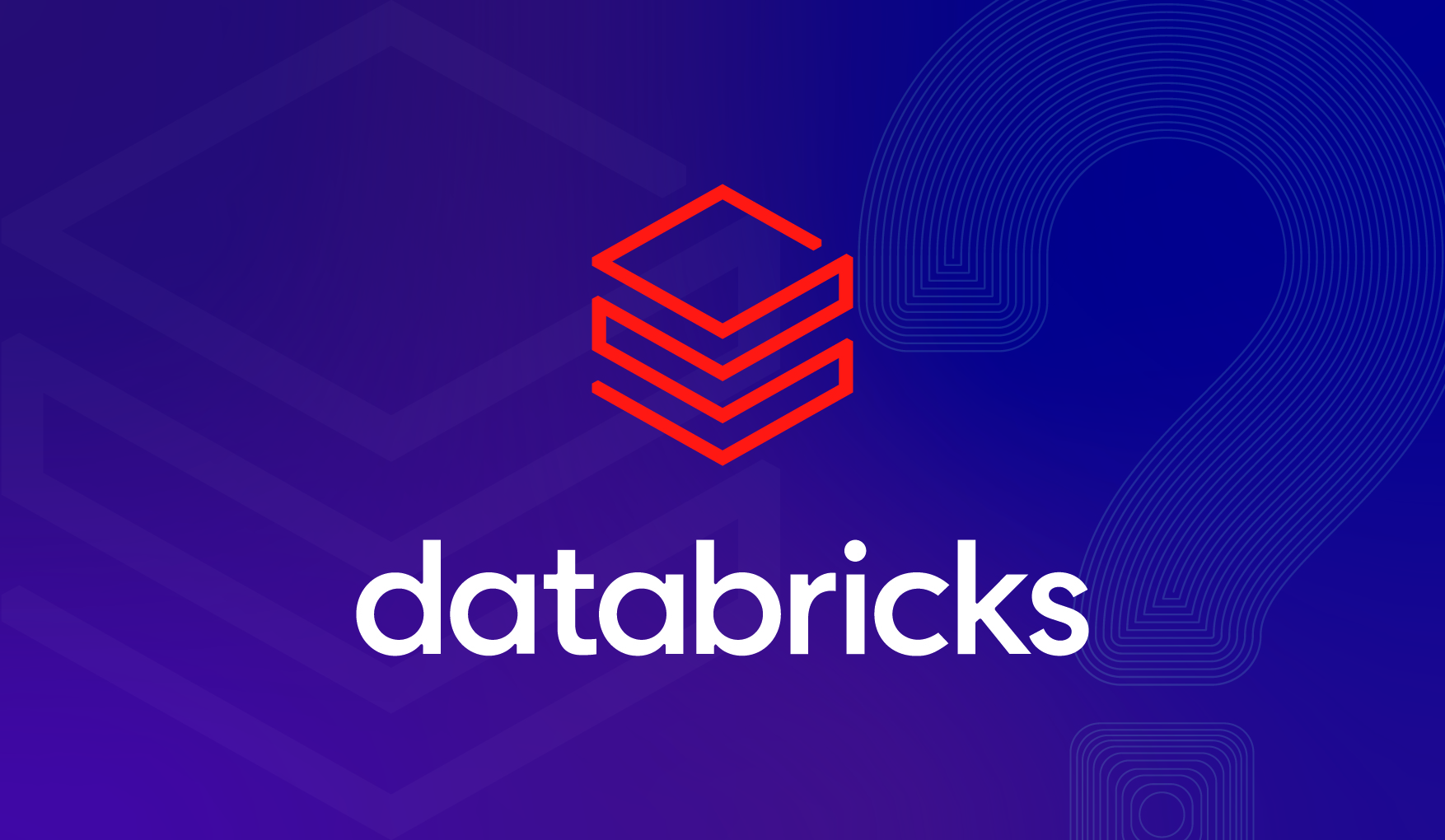Databricks is a unified, cloud-based platform designed to meet all your data requirements. It offers a collaborative environment for data teams and scales effortlessly to handle large volumes of data. Available on multiple cloud providers like AWS, Microsoft Azure, and Google Cloud, Databricks aims to simplify your data systems while being fast and cost-effective.
What Does Databricks Do?
Databricks serves as a one-stop solution for organizations that are juggling between data lakes and data warehouses. It eliminates the need for multiple tools for data analytics, business intelligence, and data science. With Databricks, you can:
- Aggregate all your data in one place
- Manage both batch and real-time data streams
- Transform and organize data
- Perform data calculations and queries
- Analyze data for insights
- Utilize data for machine learning and AI
- Generate business reports
This approach is often referred to as the “data lakehouse” model.
Key Features
Delta Lake : Built on Apache Spark, Databricks offers Delta Lake as its preferred storage format. This combination enables robust data processing and storage capabilities. Delta Lake goes beyond basic CRUD operations, allowing for features like time travel and schema evolution, which aid in debugging, auditing, and making real-time data ingestion robust.
Data Versioning : Delta Lake also provides data versioning capabilities, where data changes are tracked and versioned. This facilitates collaboration among data teams and adheres to compliance needs.
Machine Learning and Data Science : Databricks provides an end-to-end workflow for machine learning projects. With tight integration with MLflow, it supports advanced model tracking, versioning, and deployment right from your Databricks workspace. It also allows data scientists to compare metrics across model versions, which simplifies the model selection and validation processes.
Interactive Notebooks and Advanced Scheduling : Data scientists can use interactive notebooks similar to Jupyter Notebooks for coding. Databricks also offers advanced job scheduling capabilities, where notebooks can be parameterized and scheduled, facilitating automated workflows and complex ETL jobs.
Databricks SQL : For data analysts and BI professionals, Databricks offers an SQL interface that integrates seamlessly with traditional SQL-based systems. Users can write SQL queries, build visuals, and even connect Databricks to BI tools like Power BI, Tableau, or Looker.
Advanced Security & Governance : Databricks goes beyond just RBAC and integrates with existing LDAP and SAML-based identity providers. It offers fine-grained access control, making it ideal for organizations with strict compliance and data governance requirements.
Real-time Analytics with Structured Streaming : Structured Streaming is an advanced feature that allows for near real-time data ingestion and analytics. It is fault-tolerant and offers exactly-once processing semantics, making it reliable for critical business applications.
Ecosystem Synergies : One of the underrated aspects of Databricks is its ability to form synergies with other tools and platforms like Kafka and Redshift, enabling hybrid architecture possibilities that balance cost and performance.
Databricks in the Cloud
Databricks is cloud-agnostic and integrates with your existing cloud infrastructure. It leverages cloud services for compute clusters, storage, and security, ensuring a seamless and scalable experience.
Final Thoughts
Databricks has significantly evolved from being just a ‘Spark as a Service’ provider. Its advanced features like Delta Lake, MLflow integration, fine-grained security controls, and ecosystem synergies make it a compelling solution for modern data engineering and analytics needs. At proSkale, we leverage Databricks to equip our clients with new levels of efficiency, scalability, and data-driven decision-making.

